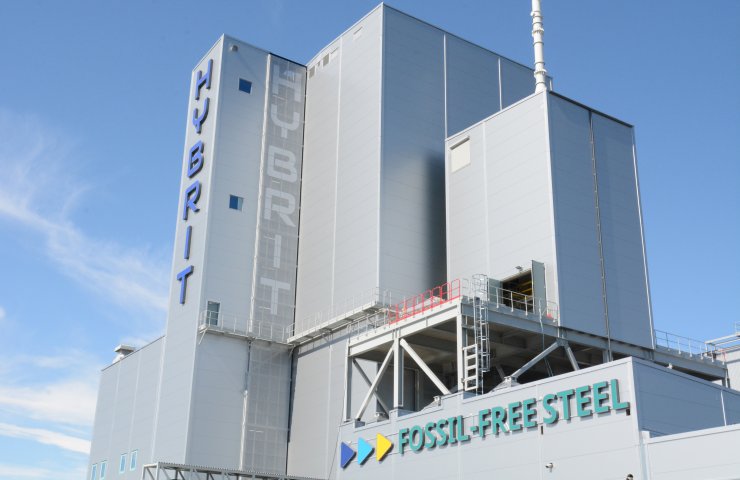Steel is arguably the most important resource in infrastructure construction. From roads and railways to the skeleton of most buildings, it sits at the heart of nearly every city on earth. In these cities, cars on the roads, cutlery in our kitchens and furniture in our offices all depend on steelmaking. However, making steel is an incredibly energy intensive process, and the vast majority of this energy comes from fossil fuels. Globally, steel accounts for 7-9 percent of all direct emissions from fossil fuels. Most of these emissions come from the combustion of coal, accounting for 89 percent of the energy use for a converter-oxygen blast furnace (BF-BOF) and 11 percent of energy for an electric arc furnace (EAF). Of these two types of steel, the much more common BF-BOF, which accounts for 75 percent of the steel produced in the furnace, compared to 25 percent from EAF.
One of the main challenges for the steel industry in the modern era is to reduce carbon emissions. Unfortunately, the price of energy is 20 to 40 percent of the cost of steel production, so in reality, for most large producers, "green steel" is simply not available. But soon everything may change with the rapid development of hydrogen energy.
On August 31, the Swedish company HYBRIT officially launched a pilot program to produce carbon-free steel, replacing natural gas with hydrogen. The opening ceremony was attended by Swedish Prime Minister Stefan Löfven, along with the Minister of Environment and Climate, Deputy Prime Minister, President and CEO of SSAB, President and CEO of LKAB, and President and CEO of Vattenfall. This pioneering program aims to bring fossil-free steel to market by 2026. It aims to replace coking coal with renewable electricity and hydrogen in a process that will produce steel and water rather than steel and carbon dioxide.
Researchers have calculated that "hydrogen" steel will be at least 20 - 30% more expensive in terms of cost compared to current technologies. At the same time, McKinsey is confident in the bright prospects for hydrogen technology, stating that "rising carbon dioxide prices and lower hydrogen prices are critical to making cleaner steel economically viable (at cost)." Therefore, if there is a political will (the so-called political will) to make this transition, the production of non-fossil steel is a fait accompli.
Supporters of the steel industry will immediately note that most of the steel produced is used in renewable energy and more than offset its carbon footprint throughout its life. For example, a 3 megawatt wind turbine can generate 80 times more energy in 20 years than is used to produce it and materials for maintenance.
If the Swedish-led steel industry does manage to go green, it will be another tough blow to the coal industry, which is under attack from all sides as low-carbon and carbon-free alternatives gain popularity. Steel companies such as SSAB are well aware that investors are increasingly focusing on emissions, and the fact that their share price jumped from $ 26.61 to $ 27.48 on the opening day of the HYBRIT pilot is just further evidence. the fact that electricity costs are not the only economic incentive in the game.
Steel may indeed go green in the not too distant future.




